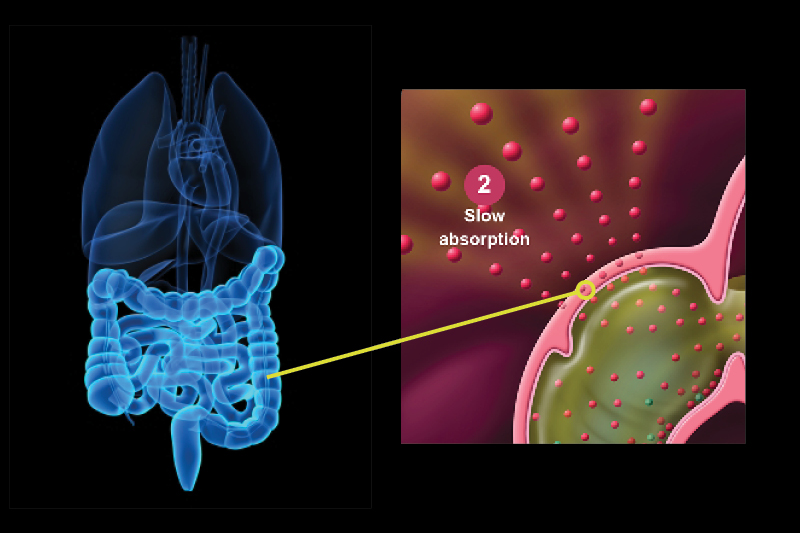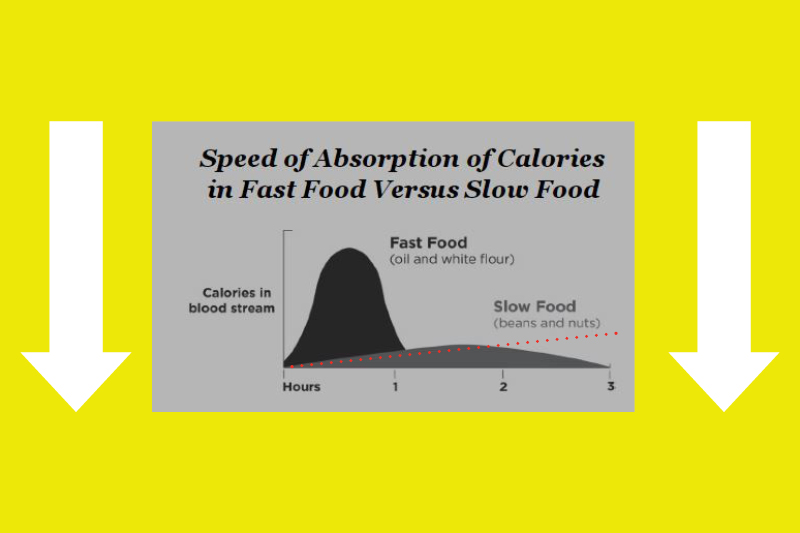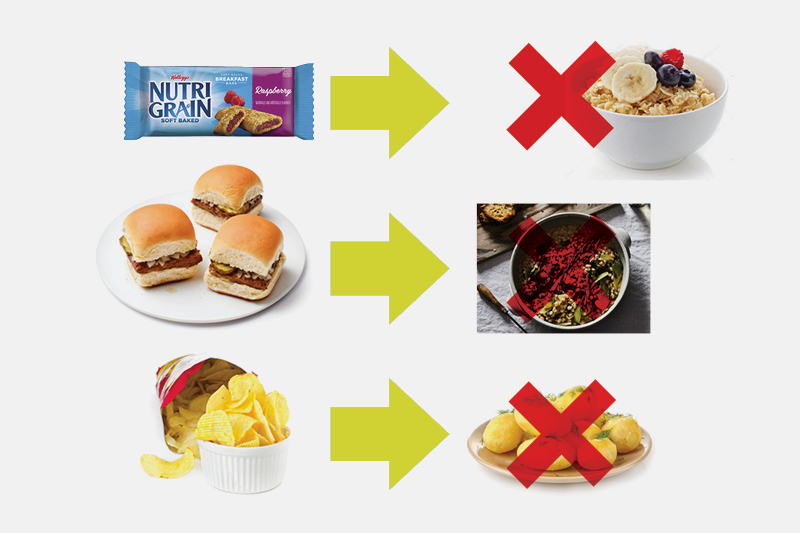Resistant starch is a unique type of fiber with impressive health & weight loss benefits. Resistant starch functions similarly to soluble, fermentable fiber, helping feed the friendly bacteria in your gut and increasing the production of short-chain fatty acids like butyrate.
Many studies have shown that resistant starch can help with weight loss and benefit heart health, as well as improve blood sugar control, insulin sensitivity and digestive health
Resistant starch is so named because it resists digestion. While most starches are broken down by enzymes in our small intestine into sugar, which is then absorbed into the blood, we can’t fully absorb RS.
When RS is fermented in the large intestine, short chain fatty acids (SCFA) such as acetate, butyrate, and propionate, along with gases are produced. SCFAs can be absorbed into the body from the colon or stay put and be used by colonic bacteria for energy.

Evidence suggests that SCFAs may benefit us in many ways.
For instance, they:
- stimulate blood flow to the colon
- increase nutrient circulation
- inhibit the growth of pathogenic bacteria
- help us absorb minerals
- help prevent us from absorbing toxic/carcinogenic compounds
The amount of SCFAs we have in our colon is related to the amount and type of carbohydrate we consume. And if we eat plenty of RS, we have plenty of SCFAs.
The rate of digestion of RS foods changes absorption.

THAT’S the kicker for weight loss.
RS helps us stay lean.
Researchers found that less-processed foods offered less energy than refined foods. In other words, although whole and processed foods may contain the same amount of calories, we absorb fewer calories of energy from whole foods.
The way we’ve modified/processed grains and starchy vegetables in the modern food supply diminishes the amount of RS we consume (think: cereal bars instead of oats, burgers instead of beans, potato chips instead of boiled potatoes)

Since RS is incompletely digested, we only extract about 2 calories of energy per gram (versus about 4 calories per gram from other starches). That means 100 grams of resistant starch is actually only worth 200 calories, while 100 grams of other starch gives us 400 calories.
High-RS foods fill you up, without filling you out.
So I know what you’re thinking – well tell me how and where I found these magical low calorie health kicking starches. Like NOW.
Don’t worry, I got you. Foods that contain high amounts of resistant starch:
Oats are one of the most convenient ways to add resistant starch to your diet. 3.5 ounces (100 grams) of cooked oatmeal flakes may contain around 3.6 grams of resistant starch. Oats are also high in antioxidants and are a whole grain, so unprocessed.
BROWN Rice is another low-cost and convenient way to add resistant starch to your diet. One popular preparation method is to cook large batches for the entire week. Doing this not only saves time but also increases the resistant starch content when the rice is left to cool.
Beans and legumes provide large amounts of fiber and resistant starch.
Both should be soaked and fully heated to remove lectins and anti-nutrients. Depending on the type of legume, they contain around 1-4 grams of resistant starch per 3.5 ounces (100 grams) after they’ve been cooked.
Starchy fruits and vegetables (such as bananas) are another great and healthful source of RS foods.
Based on the research, there is a simple way to increase your resistant starch intake without changing your diet too much.
One study compared freshly cooked rice to rice that was cooked, refrigerated for 24 hours and then reheated. The rice that was cooked then cooled had 2.5 times as much resistant starch as the freshly cooked rice (1).
Researchers also tested what happened when both types of rice were eaten by 15 healthy adults. They found that eating the cooked then cooled rice led to a smaller blood glucose response.
While more research in humans is needed, one study in rats found that eating rice that had been repeatedly heated and cooled led to less weight gain and lower cholesterol (2).
As you will be regularly consume rice on a plant based diet, consider batch cooking it a day or two before you need to eat it.
Our custom built meal plans are built with RS foods at their foundation for your improved heath and lean goals. Exactly why we named our meal plans CLEAN & LEAN. If you’d like to let us direct you to the right plan for your body type then please click the following link to take our short quiz…
1. ncbi.nlm.nih.gov/pubmed/26693746
2. ncbi.nlm.nih.gov/pubmed/2241303

